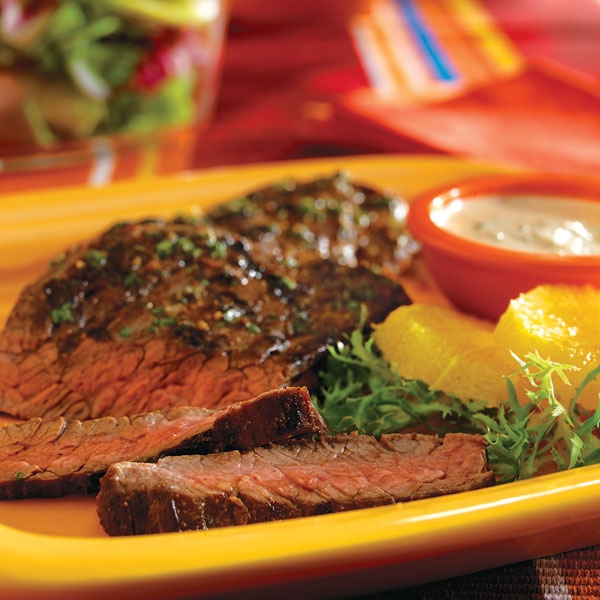For now, U.S. consumers search for more taste in their meat. That demand drives prices upward.
March 29, 2018

By Duane Dailey
“As long as demand outpaces supply, you’re going to like being in the livestock business,” says University of Missouri ag economist Scott Brown. “However, growing supplies can be troubling.”
That’s because as supplies increase, prices tend go down. Usually. However, that didn’t happen in 2017, Brown says. Growing beef demand worked last year. As supply increased, prices continued up.
With growth in all major meat sectors expected in 2018, what’s the outlook? Just as in 2017, to maintain prices, demand is critical, Brown says.
Brown says a basic shift among customers brought the change in demand. “Taste matters. Consumers found that in beef.” It was not so much in pork and chicken.
For beef producers, it is not just steaks. Hamburger has an upscale trend going. Burgers are found in more than fast-food joints, as upscale dining includes hamburgers. Ground beef prices have gone up 54% since 2010. In the same time, pork chop prices barely budged upward.
Looking at feed grain baselines in the 2018 U.S. Baseline Outlook from the MU Food and Agricultural Policy Research Institute (FAPRI), Brown sees bright spots for livestock. Crops also outgrow population growth. That can mean lower feed costs, which helps livestock profit margins.
In addition, exports remain vital to strong livestock prices, Brown says. Livestock producers grow more meat than U.S. consumers eat. As incomes grow in other countries, the first expenditures are for better food. That includes protein in meat grown by U.S. livestock farmers.
China finally allowed the import of U.S. beef. For now, China’s consumption tops 10 pounds of beef per person per year. That compares with almost 80 pounds for U.S. consumers.
While the export trade potential remains high, baseline projections can change in a day, Brown says. It could happen if the North American Free Trade Agreement (NAFTA) fails. Or change could be a growing threat of drought. “The U.S. Drought Monitor looks a lot like pre-2012,” Brown says. A severe drought hit in 2012.
For now, U.S. consumers search for more taste in their meat. That drives prices upward.
For FAPRI’s 72-page 2018 U.S. Baseline Outlook, go to fapri.missouri.edu.
Dailey is a communications specialist for University of Missouri Extension
You May Also Like



